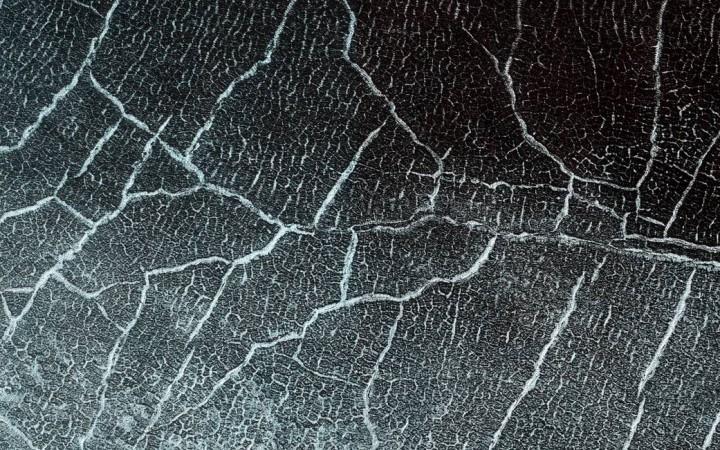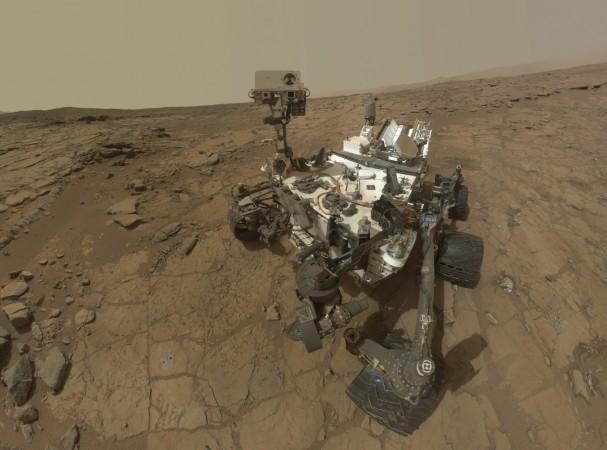Here are some updates about the amazing discoveries that NASA made on its Mars Reconnaissance Orbiter Mission this December, as well as issues faced by the Mars Curiosity rover.

Images of Valles Marineris, the Martian valley spread over 4,000 km that was discovered by Mariner 9 Mars orbiter in 1971-72, were clicked this month. The abrupt walls of Valles Mariners end up generating giant landslides at times, which made an underlying bedrock observable.
Pictures of a colourful bedrock were taken from the north wall of a deep gorge named Ganges Chasma, which is present on the eastern end of the Valles Marineris, with the help of NASA's Mars Reconnaissance Orbiter. The images revealed a lot of textures and different geologic units.
Various features, similar to those on Earth, can be found on Mars, such as volcanoes, glaciers, cliffs and river valleys, but a unique landscape of dry ice, which has never been seen before was observed on Mars' South Pole. It was found that the polar ice was made from dry ice, which is not naturally found on Earth.

This dry ice landscape consisted of circular pits which that were found to get bigger every Martian year by a few metres. New layer of dry ice was being added to this landscape because of the CO2 present in the atmosphere or due to snowfall. This leads to temperatures as less as -130 degrees Celsius (-200 F), which is believed to be the coldest Mars can get, NASA published.

Various Martian impact craters were filled with ice in the past. Impact craters are formed due to the hypervelocity of a smaller celestial object, such as a meteor. The ice on the Red Planet fills them up. Polygonal shapes are found covering the matter present in the crater. The crack formulation takes place due to expansion and contraction of the ice present in the ground. A bright white outline is formed because of the seasonal frost, which is clearly visible in this image taken during spring.

Also, NASA's Curiosity Mars Rover had faced a glitch in its motor, which aided its drilling equipment to move. Its arm is not being used by the mission scientists until the issue gets resolved. Curiosity Mars rover is present at the lower Mount Sharp of Mars from where it was collecting the sample by drilling.
"We are in the process of defining a set of diagnostic tests to carefully assess the drill feed mechanism. We are using our test rover here on Earth to try out these tests before we run them on Mars," Steven Lee, Curiosity deputy project manager at NASA's Jet Propulsion Laboratory (JPL) in the US, said, Indian Express reported.
"To be cautious, until we run the tests on Curiosity, we want to restrict any dynamic changes that could affect the diagnosis. That means not moving the arm and not driving, which could shake it," Lee added.

















